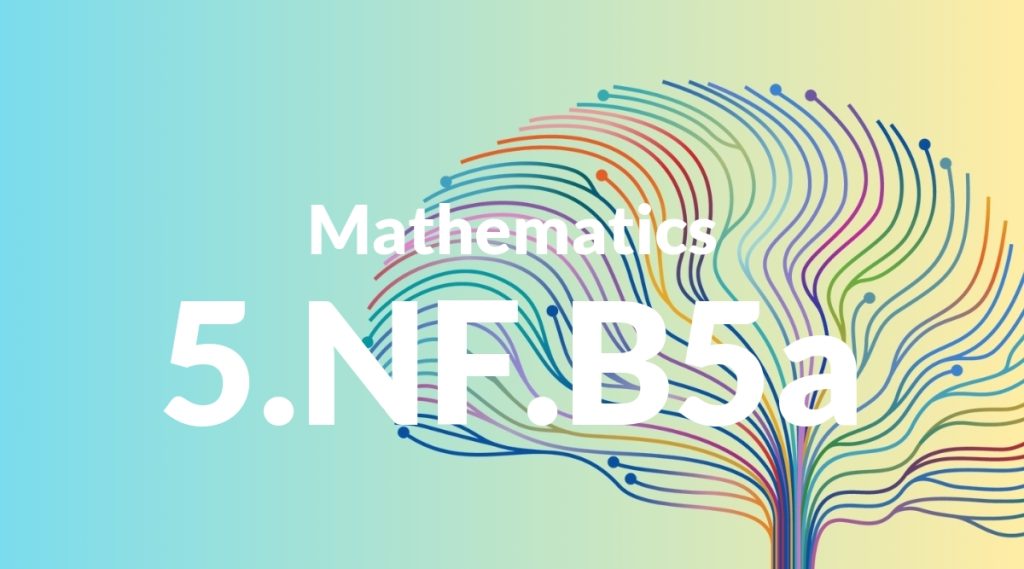Standard: 5.NF.B5 – Interpret multiplication as scaling (resizing), by:
Grade level: Grade 5
Subject: Mathematics
Domain: Numbers & Operations – Fractions
Teacher Overview
This standard focuses on helping students understand multiplication as a means of scaling or resizing. It is important because it lays the foundation for more advanced mathematical concepts such as proportional reasoning and geometric transformations. Students should be comfortable with basic multiplication and division, have a solid understanding of fractions, and be able to perform simple fraction operations.
After mastering this standard, students will be able to tackle more complex fraction operations and will be better prepared for concepts involving proportional reasoning and geometry.
Common Misconception 1
Some students may believe that multiplication always results in a larger number. This is incorrect because multiplying by a fraction less than one actually results in a smaller number.
Intervention 1
Use visual aids such as fraction bars or number lines to show how multiplying by fractions less than one reduces the size of the original number.
Common Misconception 2
Another common misconception is confusing multiplication by a fraction with division. Students might think that both operations are the same.
Intervention 2
Provide clear examples and practice problems that highlight the differences between multiplication and division, using visual models to reinforce the concepts.
Prerequisite Knowledge
Students should understand basic multiplication and division, be familiar with fractions, and have experience with simple fraction operations such as addition and subtraction.
Subsequent Knowledge
Students will develop skills in more complex fraction operations, including division of fractions, and will apply their understanding of scaling to geometry and proportional reasoning in later grades.
Instructional Activities
- Use fraction bars to visually demonstrate multiplication as scaling.
- Have students resize recipes based on different serving sizes.
- Create scale drawings and models to apply the concept of resizing.
- Use map scales to calculate real-world distances.
- Incorporate technology by using digital tools to resize images and objects.




